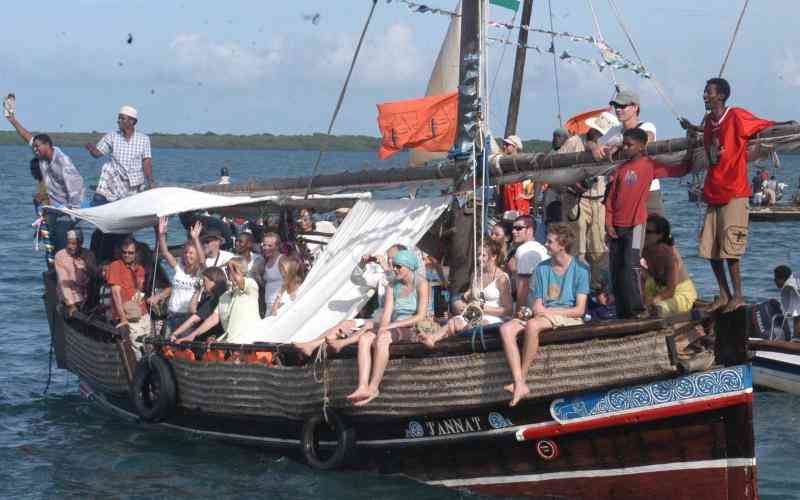Ever since it first debuted on a popular Japanese home computer known as the MSX2 in 1987, the franchise has become one of the industry's most celebrated and influential video game series. One of the key reasons for its enduring popularity has been the way series creator Hideo Kojima juxtaposes real-world, historical events and locations with bombastic, over-the-top sci-fi military storytelling. It has been a winning combination since its debut, and continued to the game's last mainline entry in 2015 with Metal Gear Solid 5: The Phantom Pain.
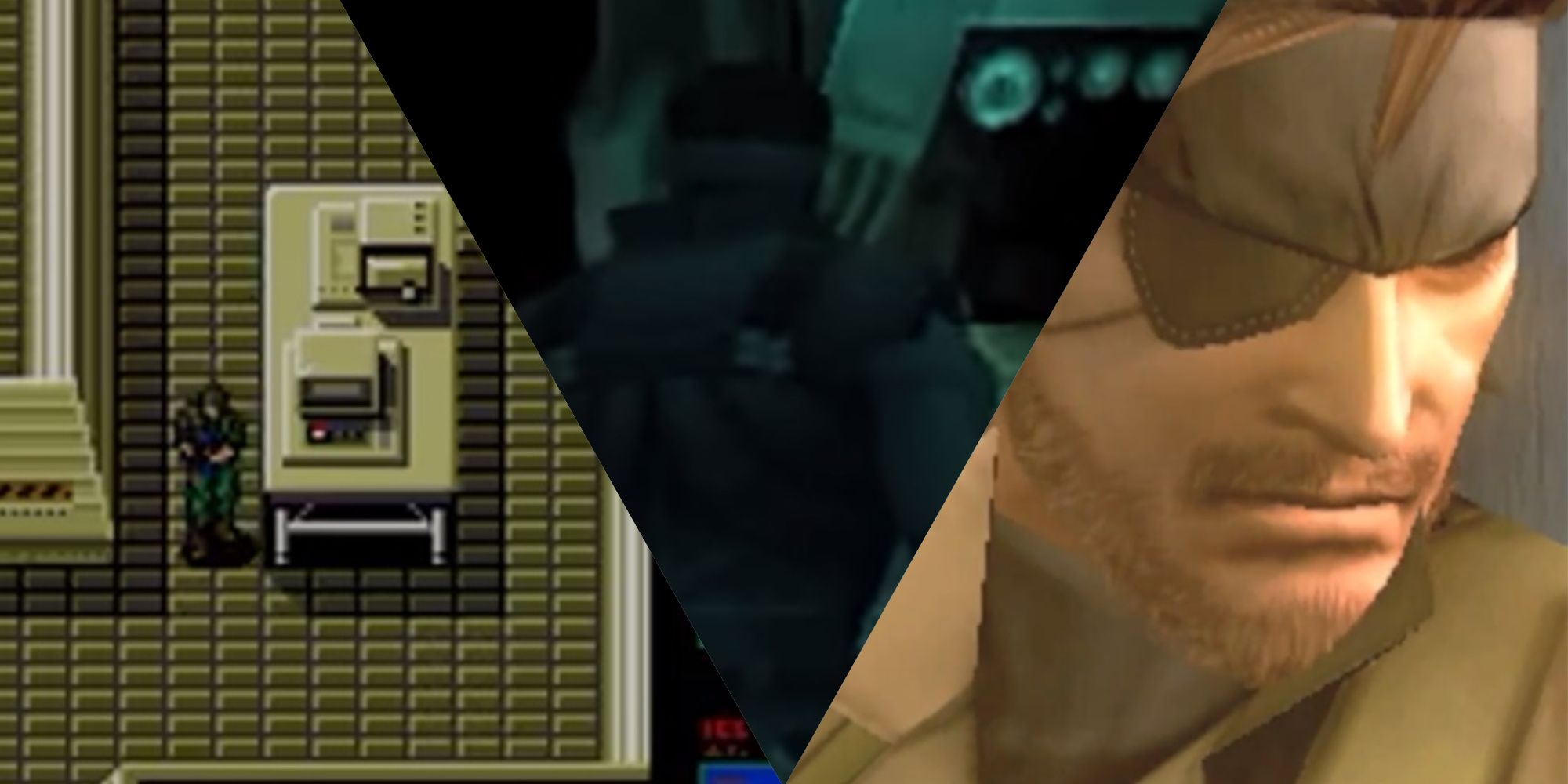
Related
5 Metal Gear Games That Changed The Franchise The Most
Metal Gear has seen several titles come along that have changed the course of the franchise, and these games are the ones that had the biggest impact.
Metal Gear's combination of its own outrageous mythology and characters with real-world locations is a potent cocktail, as it ends up creating a surreal blend of fiction and reality. Events feel much more heightened as a result, as Kojima's creative brilliance and attention to detail can shine through. Multiple Metal Gear games have taken place largely, or even entirely, in locations that are directly influenced by ones from the real world. Some of them are based on real military history, while others are pulled from civilian locations that anyone can visit at any time.
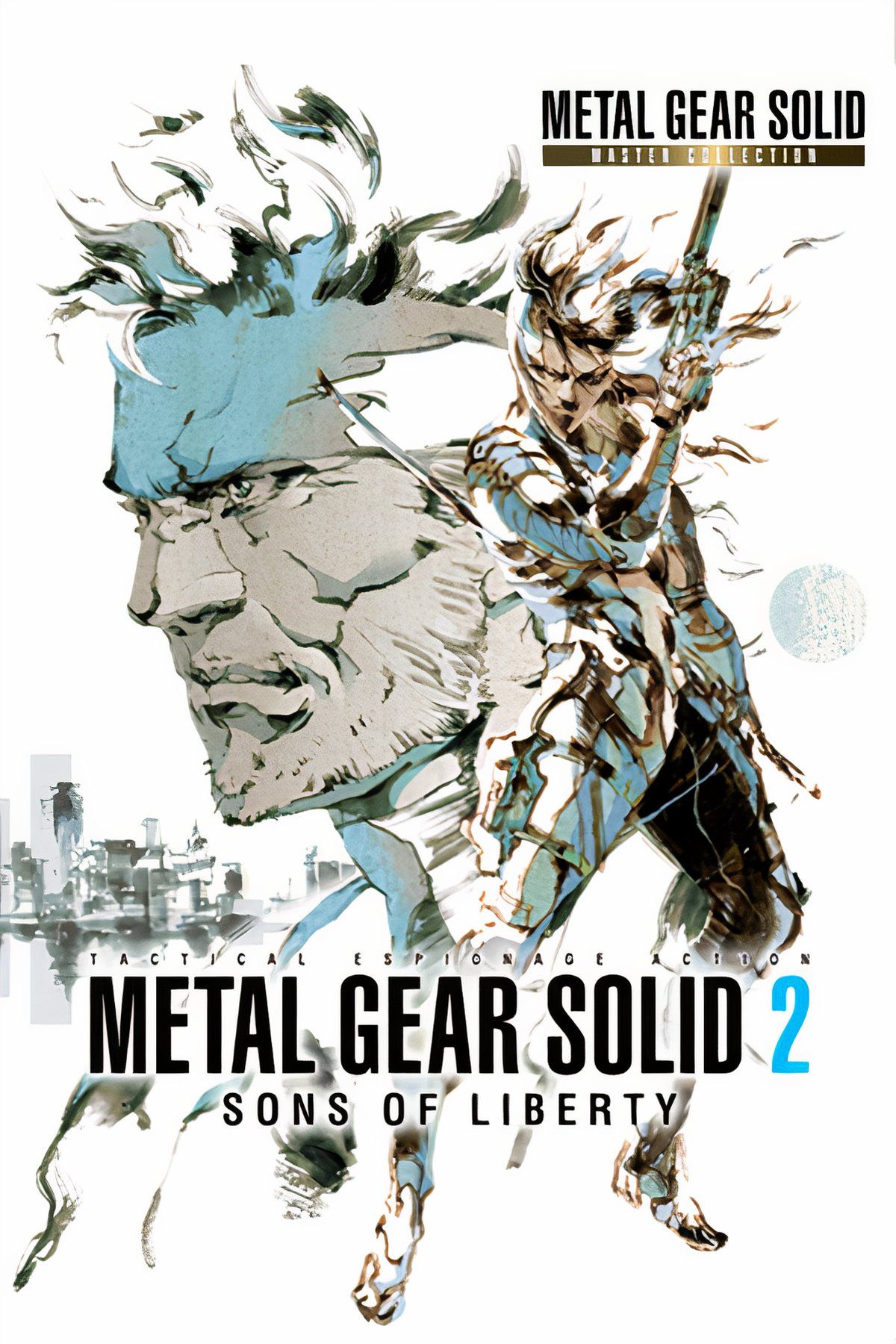
was released during a fascinating time for video games, as it is often considered one of the vanguards of change in the industry, signaling the arrival of deeper, more complex experiences thanks to enhanced hardware. And one of the many ways that Kojima took advantage of that was with the environment, an offshore decontamination facility known as the Big Shell, located in Manhattan.
Made up of a series of struts connected by bridges and underwater docks, the Big Shell is still one of the most fascinating, fully realized video game environments of all time. Taking influence from a series of World War II-era anti-aircraft facilities, the Big Shell looks eerily similar to these structures, as Kojima was drawing from both real-world military history and the actual, tangible location of New York. Raiden and Snake's epic journey through the Big Shell during the events of Sons of Liberty is still one worth experiencing, as it owes a debt to the historic structures that inspired the design of its main location.
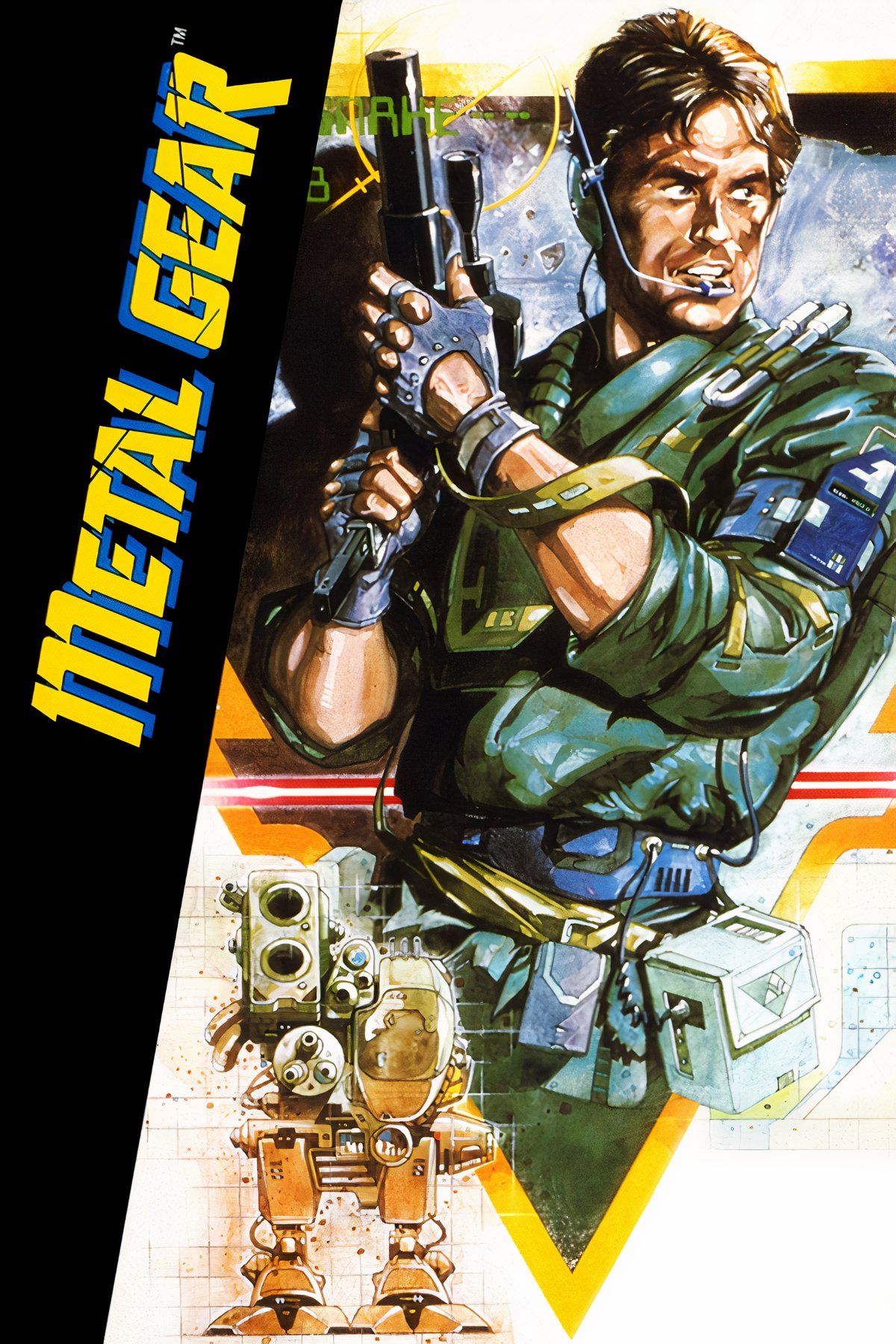
- e 10+ // Mild Violence, Tobacco Reference
- Konami
- Konami
- Fox Engine
- Metal Gear
- PC, Commodore 64, Nintendo Entertainment System, Nintendo GameCube, MS-DOS, MSX2
- 4 Hours
The original introduced what would become an expansive, increasingly complex mythology, and one of the key locations has consistently been Outer Heaven. This armed fortress was located deep in the heart of South Africa, and Kojima drew from various mercenary groups and organizations from the real world to assist in its design. Notably, Outer Heaven bears a striking resemblance to the FARC and the Republic of Biafra, real-world militia groups that have been a major part of geopolitical events for decades.
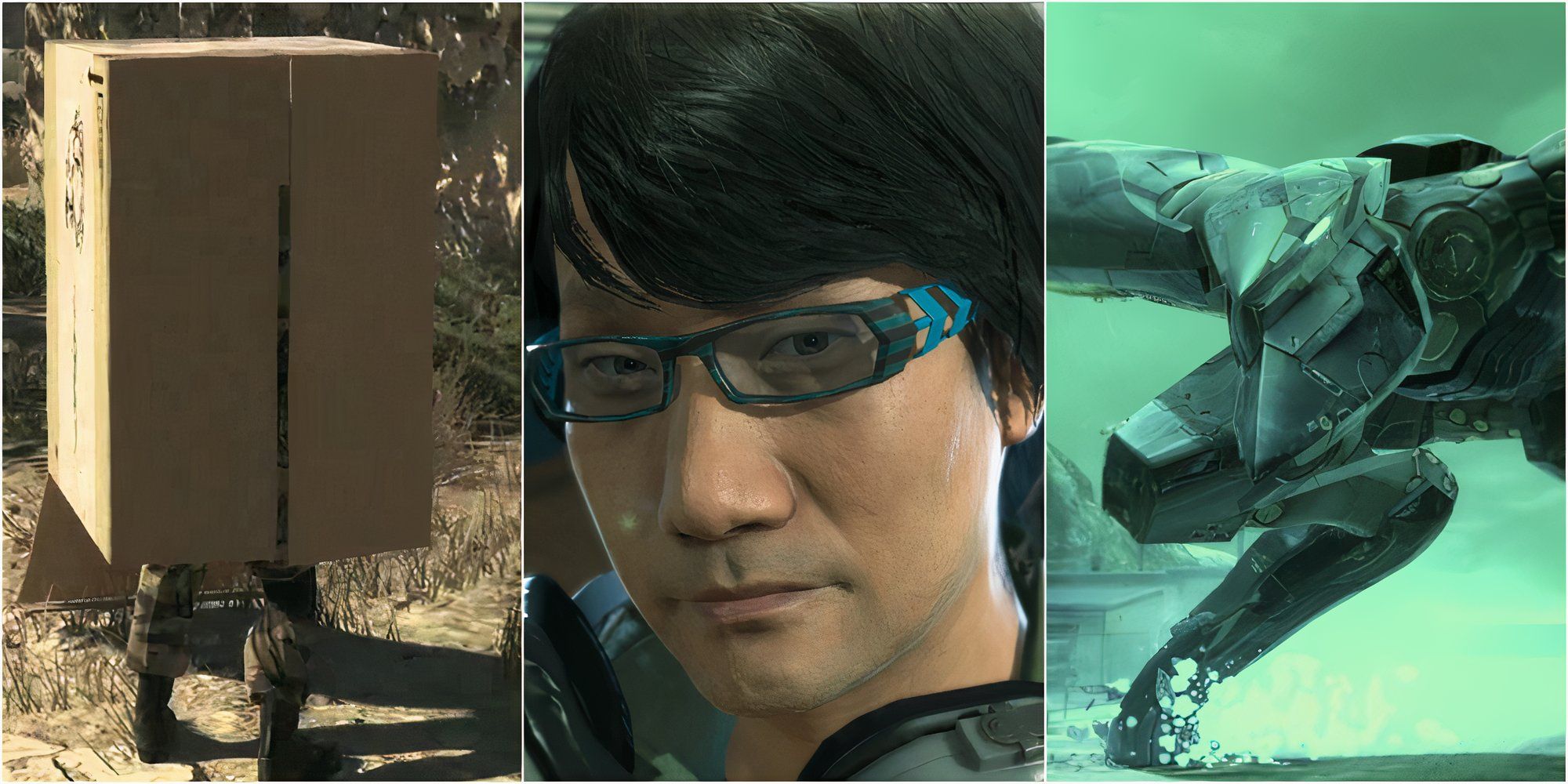
Related
Metal Gear Solid: 7 Biggest Traditions In The Series
The Metal Gear Solid series has been able to carve out a unique identity for itself in part thanks to these traditions.
Further games in the franchise would solidify Outer Heaven's similarities to real locations, as The Phantom Pain would see the precursor to the fortress situated in Colombia, where Big Boss and the Militaires Sans Frontieres would become involved in conflicts taking place in faithfully recreated locations like Afghanistan and the Angola-Zaire border. Kojima consistently settled Outer Heaven in locations that were based on real, tangible places, and the group often feels more honest and natural as a result.
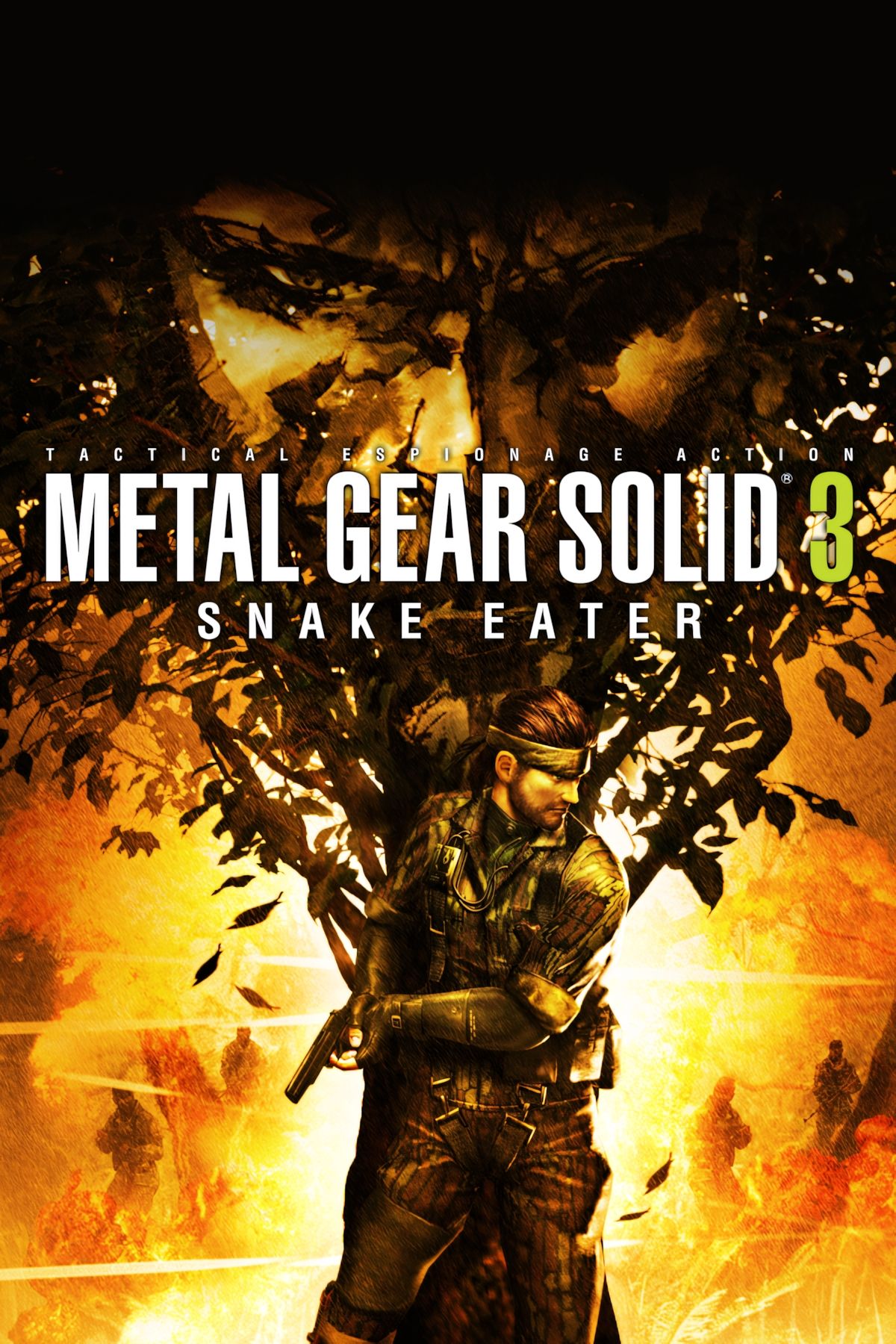
Taking place during the height of the Cold War, playing on the dramatic stand-off between the United States and the Soviet Union, is a high-stakes spy thriller that is set largely within a location similar to Russia. One of the most infamous locations seen in Snake Eater is Groznyj Grad, an enormous facility that the player must infiltrate after defeating The Fury in an underground tunnel that leads to the compound.
Groznyj Grad takes some pretty clear influences from Soviet-era bases seen during the Cold War, specifically pulling from places like Chelyabinsk-70, which was referenced by Colonel Gurlukovich in Metal Gear Solid 2. It feels remarkably similar to some displaced towns and cities that the USSR would use for nuclear research, grounding Groznyj Grad in a state of reality that blends truth and fiction in the way the series always has. It is one of Snake Eater's most complex, compelling sections and is one of the franchise's most legendary locations.
The entirety of Sons of Liberty's opening hours take place on the Hudson River, as Solid Snake ends a casual stroll along the George Washington Bridge with a dramatic leap that lands him on the aft deck of the USS Discovery, a tanker that is rumored to be housing a new model of Metal Gear. The Discovery feels similar to several naval ships of the era, as the Tanker Chapter, being situated right in the heart of Manhattan, plays perfectly into Kojima's exploration of postmodern paranoia.
The Discovery is full of intricate details and a commitment to making it feel real, as sneaking through its narrow hallways and increasingly tight spaces allows it to seem like a natural, organic place. Meanwhile, the outside of the Discovery is simply incredible, as the iconic Manhattan skyline is visible alongside the George Washington Bridge, tying Metal Gear Solid 2 intimately into the real world. Many aspects of MGS2 are built around creative expression clashing with reality, but the legendary Tanker Chapter is simply breathtaking in how it presents a fictional story within a realistic world.
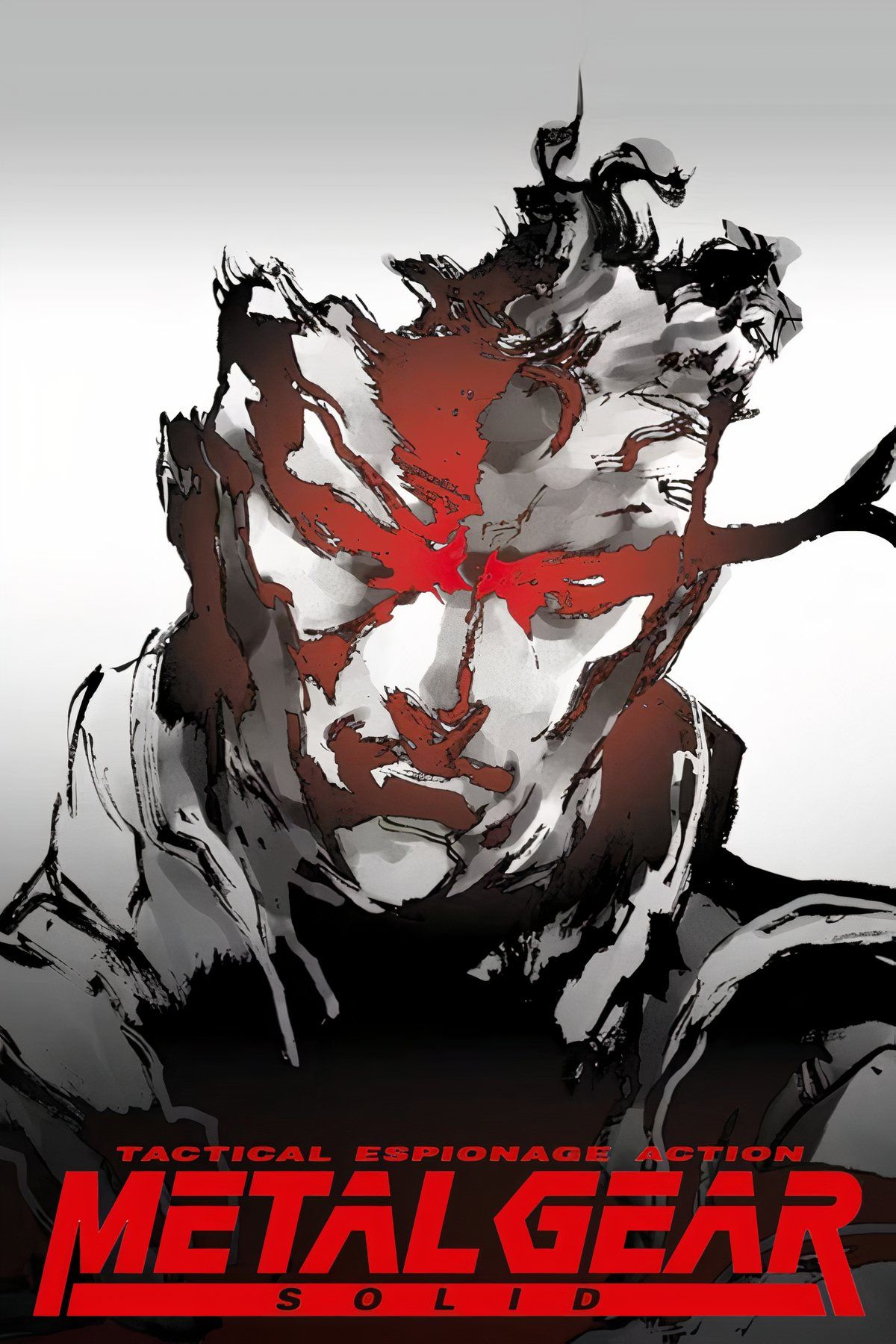
Metal Gear Solid
- October 20, 1998
- M For Mature 17+ Due To Blood and Gore, Suggestive Themes, Violence
is still one of the most immersive, satisfying stealth-action games of all time, and Kojima could not have chosen a better location for Snake to infiltrate than Shadow Moses Island. Based heavily on the Fox Islands, a real location that is located in Alaska, Shadow Moses has maintained its legacy for over twenty-five years as one of the Metal Gear franchise's most iconic and influential locations.
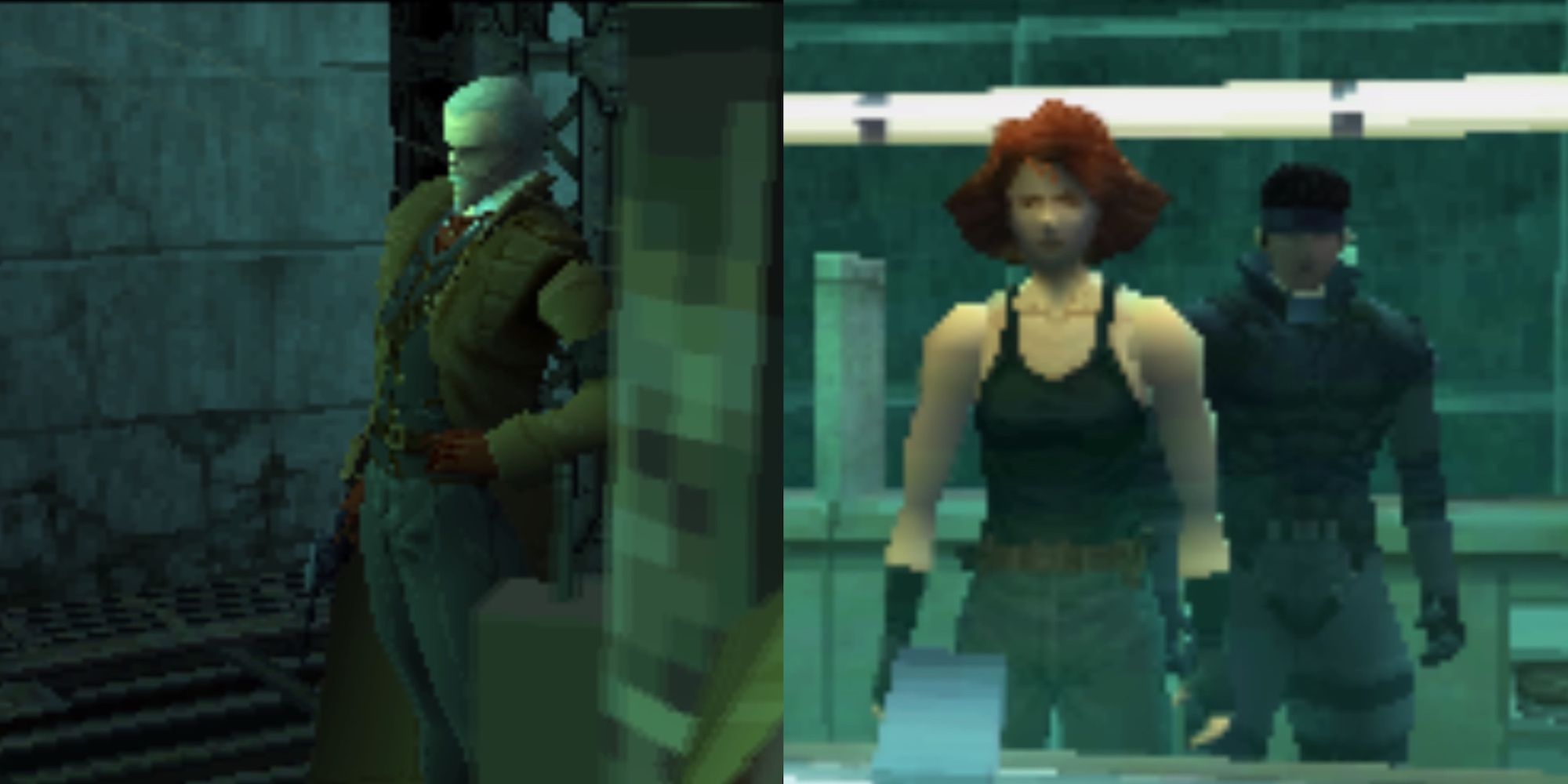
Related
Metal Gear Solid: 10 Details You Only Know About If You Played The Sequels
The Metal Gear Solid canon is so convoluted that some details don't become apparent until several sequels later.
While the game refers to it as the Fox Archipelago, it is distinctly influenced by the islands that are located in Alaska, which are part of the Aleutian chain, that are roughly 1,200 miles away from the United States. Though it is a highly fictionalized vision of the Fox Islands, Shadow Moses draws some distinct influence from the real-world location. Metal Gear Solid has been consistently praised for its story and atmosphere, and a large part of that is thanks to grounding its over-the-top story in a place that actually exists, and the game is far better as a result.
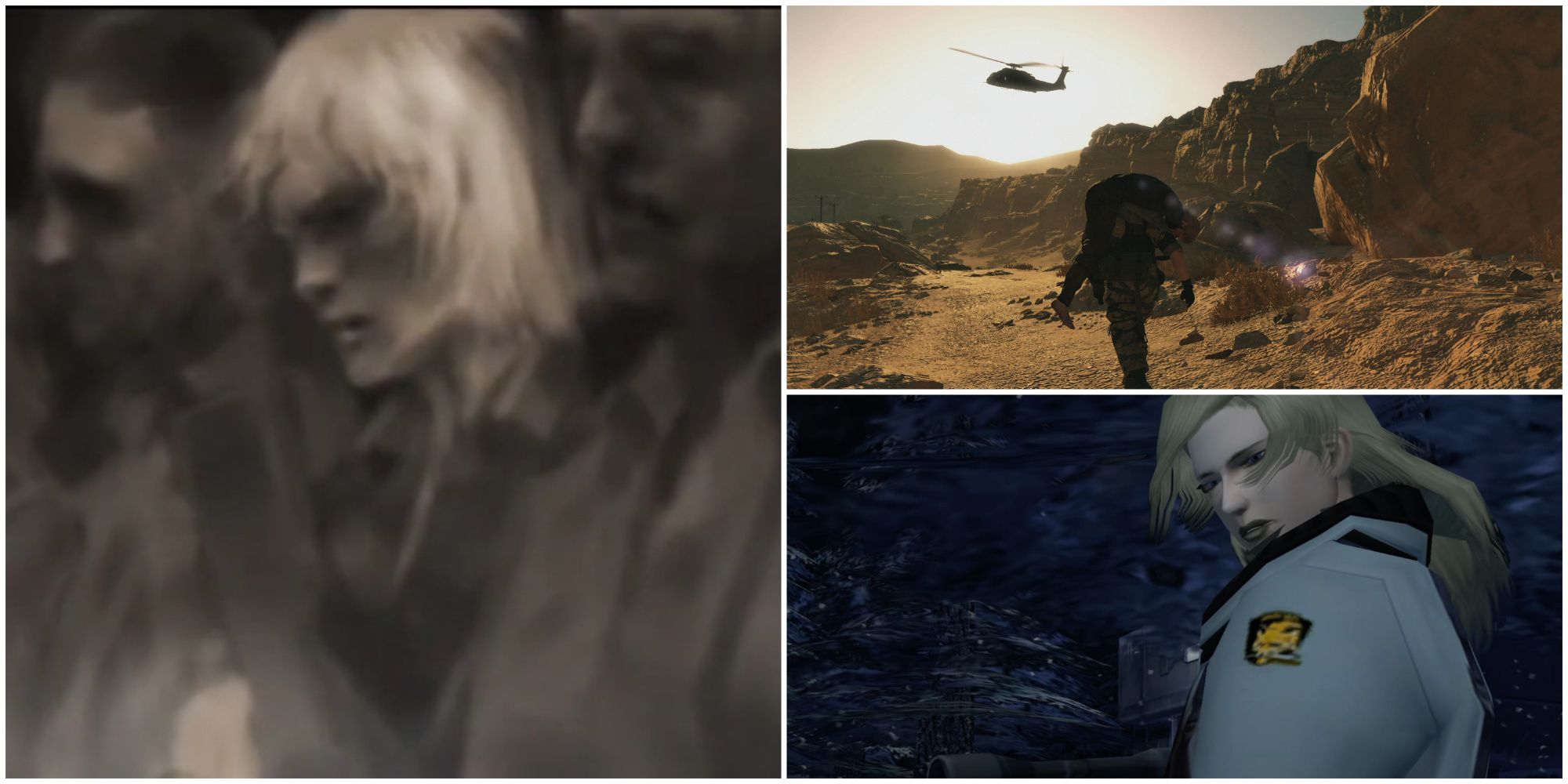
More
15 Metal Gear Events That Are Based on Real Life
The Metal Gear franchise isn't shy about involving real-world history in the events of the games.
